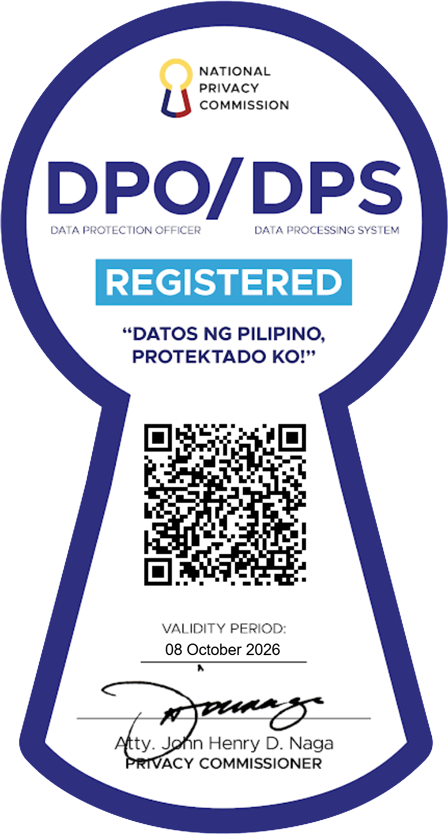Condoms, when used perfectly, are 98% effective at preventing pregnancy. But, it pays to know that they may sometimes break due to any or a combination of these reasons:
- Improper use – poor fit or not put on correctly; wearing two condoms at the same time; not enough lubrication; using oil-based lubricants
- Damaged by scissors or teeth when opening the foil or packet
- Degradation over time – too old to use; too much exposure to sun, heat, and light; friction and pressure of sitting in one’s wallet
When your condom breaks, your immediate priority is to address two urgent risks: unintended pregnancy and Sexually Transmitted Infections (STIs), particularly HIV. The first 72 hours are critical.
If you believe the condom you are using broke, immediately stop any sexual activity and remove the condom. Check if there are any holes or tears in the condom by filling it up with water and confirm if there are any leaks.
If it did break, don’t panic! Here is a step-by-step emergency plan you can follow.
Immediate Action (Within Minutes)
DO NOT continue using the broken condom. Discard it immediately.
- For the female partner: Wash the vulva and surrounding area with mild soap and water. DO NOT douche as this can push semen further up the reproductive tract or disrupt natural vaginal bacteria.
- If possible, both partners are encouraged to urinate to help in flushing out bacteria that may have entered during intercourse.
Emergency Contraception (EC): Preventing Pregnancy
Emergency Contraception is time-sensitive. It must be done by the female partner within 72 hours after the breakage to prevent pregnancy. The most common form of EC available in the Philippines is the Yuzpe Method–involving taking larger doses of standard birth control pills (like Trust, Lady and Charlize). Consult your healthcare provider for proper guidance.
Post-Exposure Prophylaxis (PEP): Preventing HIV
To address the potential risk of HIV transmission, Post-Exposure Prophylaxis (PEP) is a crucial emergency measure and must be started within 72 hours. DOH-accredited facilities such as Social Hygiene Clinics and community-based organizations such as LoveYourself and Pulse Clinic offer free or subsidized PEP to those who qualify.
STI and HIV Testing: Getting a Clear Answer
Testing too soon will yield a false negative result due to the “window period” (the time your body needs to produce detectable antibodies). Follow the STI and HIV testing schedule below.
| Infection | Test Schedule |
| For All STIs | Optional: Get tested for all four STIs to get a baseline. |
| HIV | Wait 3 months after the incident. |
| Chlamydia & Gonorrhea | Wait 2 to 3 weeks after the incident. |
| Syphilis | Wait 4 to 6 weeks after the incident. |
You may get tested at DOH-accredited facilities such as Social Hygiene Clinics and community-based organizations such as LoveYourself and Pulse Clinic.
Preventing Breakage
Most condom breaks are caused by avoidable errors.
- Use water-based lubricants: NEVER use oil-based lubricants with latex condoms as these degrade latex and cause it to rip. EZ Lubricating Jelly is available in convenience stores, drugstores and online.
- DO NOT store condoms in your wallet: Heat and friction can weaken latex. Keep condoms in a cool, dry place.
- Leave space: Always pinch the tip of the condom as you roll it down to leave a reservoir for semen. Trapped air can cause the condom to burst.
- Check the expiration date: Expired condoms may feel stiff or too sticky. The expiration date can be found on the condom’s box and foil wrap.
- Don’t double-bag: Two condoms worn at once can rub against each other, making the material weaker and more likely to rip.
- Keep sharp objects at bay: When opening the condom foil or wrapper, don’t use anything that could cut the condom, like scissors or teeth.








